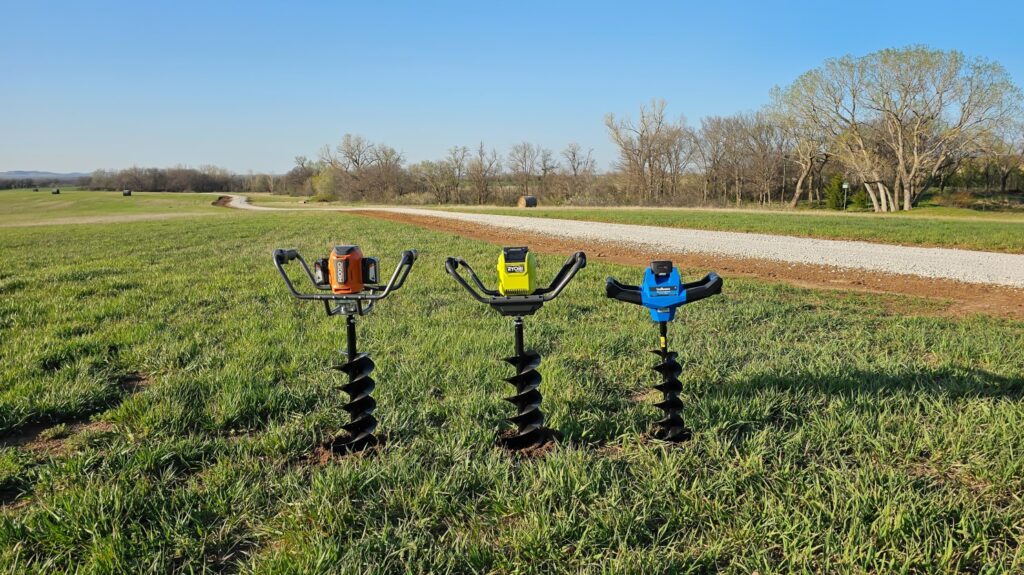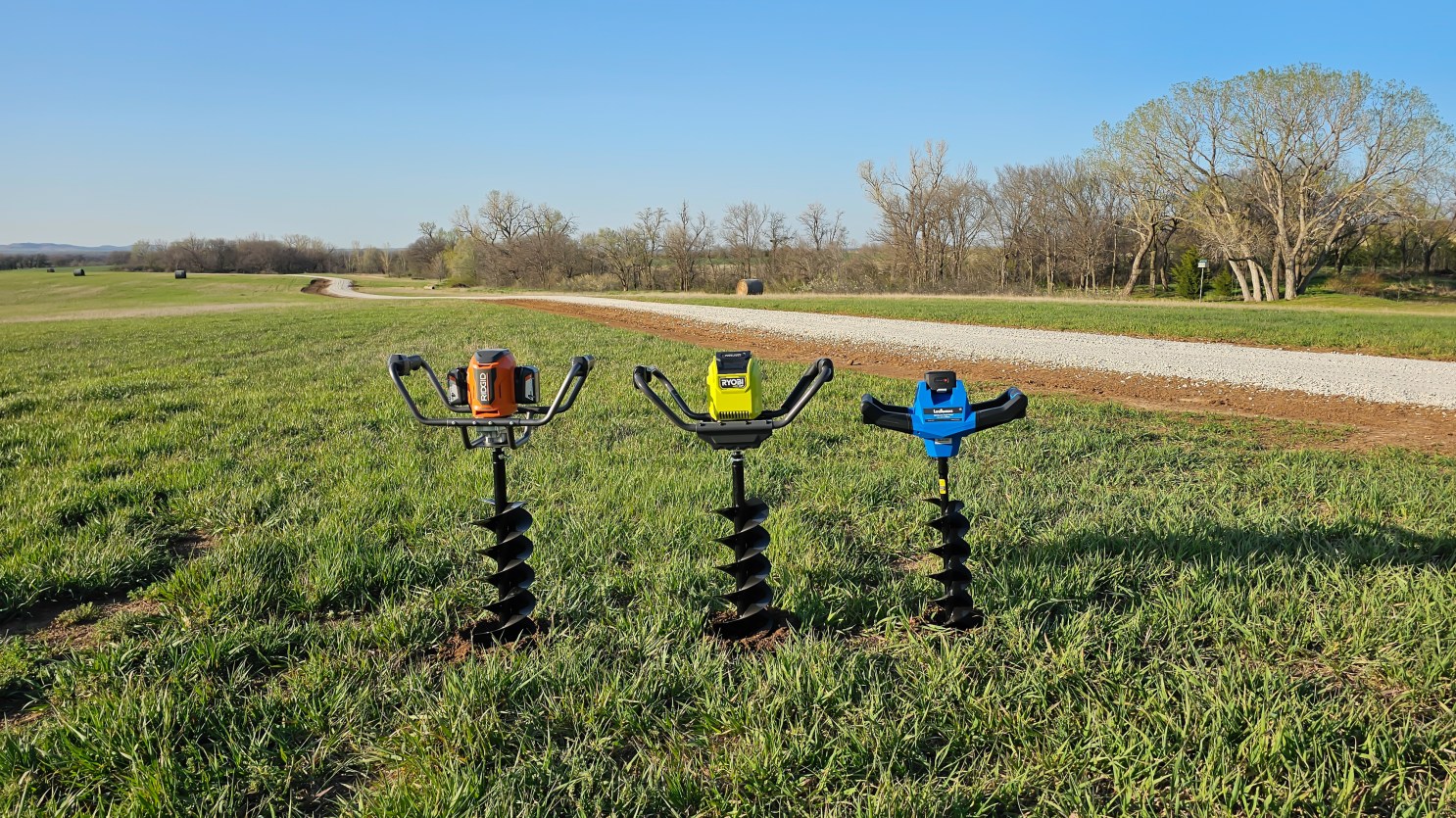
Effortless Fencing: Mastering the Concrete Fence Post Hole Digger
Installing a fence can be a daunting task, especially when dealing with concrete fence posts. The key to a successful and efficient fencing project often lies in selecting the right tools. Among these, the concrete fence post hole digger stands out as an indispensable piece of equipment. This article delves into the world of concrete fence post hole diggers, exploring their types, benefits, and how to use them effectively, ensuring your fencing project is completed with precision and ease.
Understanding the Importance of a Quality Hole Digger
Before diving into the specifics, it’s crucial to understand why a dedicated concrete fence post hole digger is essential. Traditional methods, like shovels, can be cumbersome and time-consuming, particularly when encountering hard or rocky soil. A specialized digger, on the other hand, is designed to create clean, uniform holes quickly and efficiently, saving you valuable time and effort.
Types of Concrete Fence Post Hole Diggers
The market offers a variety of concrete fence post hole diggers, each with its own strengths and weaknesses. Understanding these differences is vital for selecting the right tool for your specific needs.
Manual Post Hole Diggers
Manual diggers, also known as clam shell diggers, are the most basic type. They consist of two blades hinged together with handles. The user pushes the blades into the ground, closes them to scoop out the soil, and then lifts the soil out of the hole. These are best suited for smaller projects and softer soil conditions. While requiring more physical effort, they offer affordability and simplicity.
Auger Post Hole Diggers
Auger diggers utilize a rotating screw-like bit to bore into the ground. They come in both manual and powered versions. Manual augers require significant physical exertion, while powered augers, which can be gas-powered or electric, offer greater speed and efficiency. Auger diggers are effective in a wider range of soil types, including those with some rocks and roots.
Hydraulic Post Hole Diggers
Hydraulic diggers are the most powerful and efficient type of concrete fence post hole digger. They are typically mounted on tractors or skid steers and use hydraulic power to drive a large auger. These diggers are capable of digging through even the toughest soil conditions, including hard clay and rocky terrain. They are ideal for large-scale fencing projects or when dealing with challenging soil.
Factors to Consider When Choosing a Concrete Fence Post Hole Digger
Selecting the right concrete fence post hole digger involves considering several factors:
- Soil Type: The type of soil you’ll be digging in is the most crucial factor. Manual diggers are suitable for soft soil, while augers are better for harder or rocky soil. Hydraulic diggers are the best choice for extremely tough soil.
- Project Size: For small projects with only a few posts, a manual digger might suffice. Larger projects will benefit from the speed and efficiency of a powered auger or hydraulic digger.
- Post Size: The diameter of the hole you need to dig will determine the appropriate size of the auger bit. Make sure the digger you choose can accommodate the required bit size.
- Budget: The cost of concrete fence post hole diggers can vary significantly. Manual diggers are the most affordable, while hydraulic diggers are the most expensive. Consider your budget and the long-term value of the tool.
- Physical Condition: Manual digging can be physically demanding. If you have any physical limitations, a powered digger might be a better choice.
Using a Concrete Fence Post Hole Digger Safely and Effectively
Regardless of the type of concrete fence post hole digger you choose, safety should always be your top priority. Here are some essential safety tips:
- Wear appropriate safety gear: This includes safety glasses, gloves, and sturdy boots.
- Clear the area: Remove any rocks, roots, or other obstacles from the area where you will be digging.
- Call before you dig: Contact your local utility companies to locate any underground lines before you start digging. This is crucial to prevent damage to utilities and potential injury.
- Follow the manufacturer’s instructions: Always read and follow the manufacturer’s instructions for operating the digger.
- Be aware of your surroundings: Pay attention to your surroundings and be aware of any potential hazards, such as overhead power lines or uneven terrain.
- Take breaks: Manual digging can be strenuous. Take frequent breaks to avoid fatigue.
Specific Tips for Manual Diggers
- Use a rocking motion to help the blades penetrate the soil.
- Keep the blades sharp for optimal performance.
- Avoid digging in extremely hard or rocky soil.
Specific Tips for Auger Diggers
- Start slowly and gradually increase the speed as the auger penetrates the soil.
- If the auger gets stuck, stop immediately and remove any obstructions.
- Avoid using the auger in wet or muddy conditions.
Specific Tips for Hydraulic Diggers
- Ensure the digger is properly attached to the tractor or skid steer.
- Operate the digger at the recommended speed and pressure.
- Be aware of the digger’s reach and avoid hitting any obstacles.
Preparing the Hole for Concrete Fence Posts
Once you’ve dug the hole, it’s important to prepare it properly before setting the concrete fence post. This will ensure the post is stable and secure.
- Check the depth: The hole should be deep enough to provide adequate support for the post. A general rule of thumb is to bury one-third of the post’s length.
- Add gravel: Pour a layer of gravel into the bottom of the hole to improve drainage.
- Position the post: Carefully lower the post into the hole, ensuring it is plumb and level.
- Brace the post: Use wooden stakes and braces to hold the post in place while the concrete sets.
Setting the Concrete Fence Post
Now it’s time to set the concrete fence post in concrete. Follow these steps for a secure and long-lasting installation:
- Mix the concrete: Follow the manufacturer’s instructions for mixing the concrete.
- Pour the concrete: Carefully pour the concrete into the hole around the post, filling it to within a few inches of the top.
- Tamp the concrete: Use a shovel or other tool to tamp the concrete, removing any air pockets.
- Slope the concrete: Create a slight slope away from the post to help water drain away.
- Allow the concrete to cure: Allow the concrete to cure for at least 24 hours before removing the braces. Follow the manufacturer’s instructions for curing time.
Maintaining Your Concrete Fence Post Hole Digger
Proper maintenance will extend the life of your concrete fence post hole digger and ensure it performs optimally. Here are some general maintenance tips:
- Clean the digger after each use: Remove any dirt, mud, or debris from the digger.
- Sharpen the blades or auger: Keep the blades or auger sharp for optimal performance.
- Lubricate moving parts: Lubricate any moving parts according to the manufacturer’s instructions.
- Store the digger properly: Store the digger in a dry, protected location.
- Inspect for damage: Regularly inspect the digger for any signs of damage and repair or replace any damaged parts.
Troubleshooting Common Problems
Even with proper use and maintenance, you may encounter some common problems when using a concrete fence post hole digger. Here are some troubleshooting tips:
- Digger won’t penetrate the soil: Make sure the blades or auger are sharp and that the soil is not too hard or rocky.
- Auger gets stuck: Stop immediately and remove any obstructions.
- Digger is difficult to control: Make sure you are using the digger properly and that you are not trying to dig too deep too quickly.
- Digger is not digging a straight hole: Make sure you are holding the digger straight and that you are not applying too much pressure to one side.
Conclusion
A concrete fence post hole digger is an invaluable tool for any fencing project. By understanding the different types of diggers available, considering the factors that influence your choice, and following safety guidelines, you can ensure your fencing project is completed efficiently and effectively. Remember to properly prepare the hole and set the concrete fence post in concrete for a stable and long-lasting fence. [See also: Installing Concrete Fence Posts] With the right tools and techniques, you can transform your property with a beautiful and durable fence.

